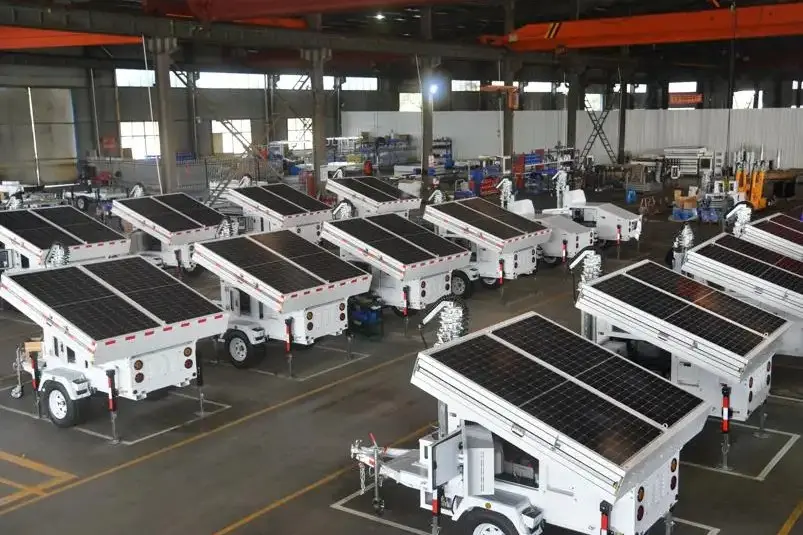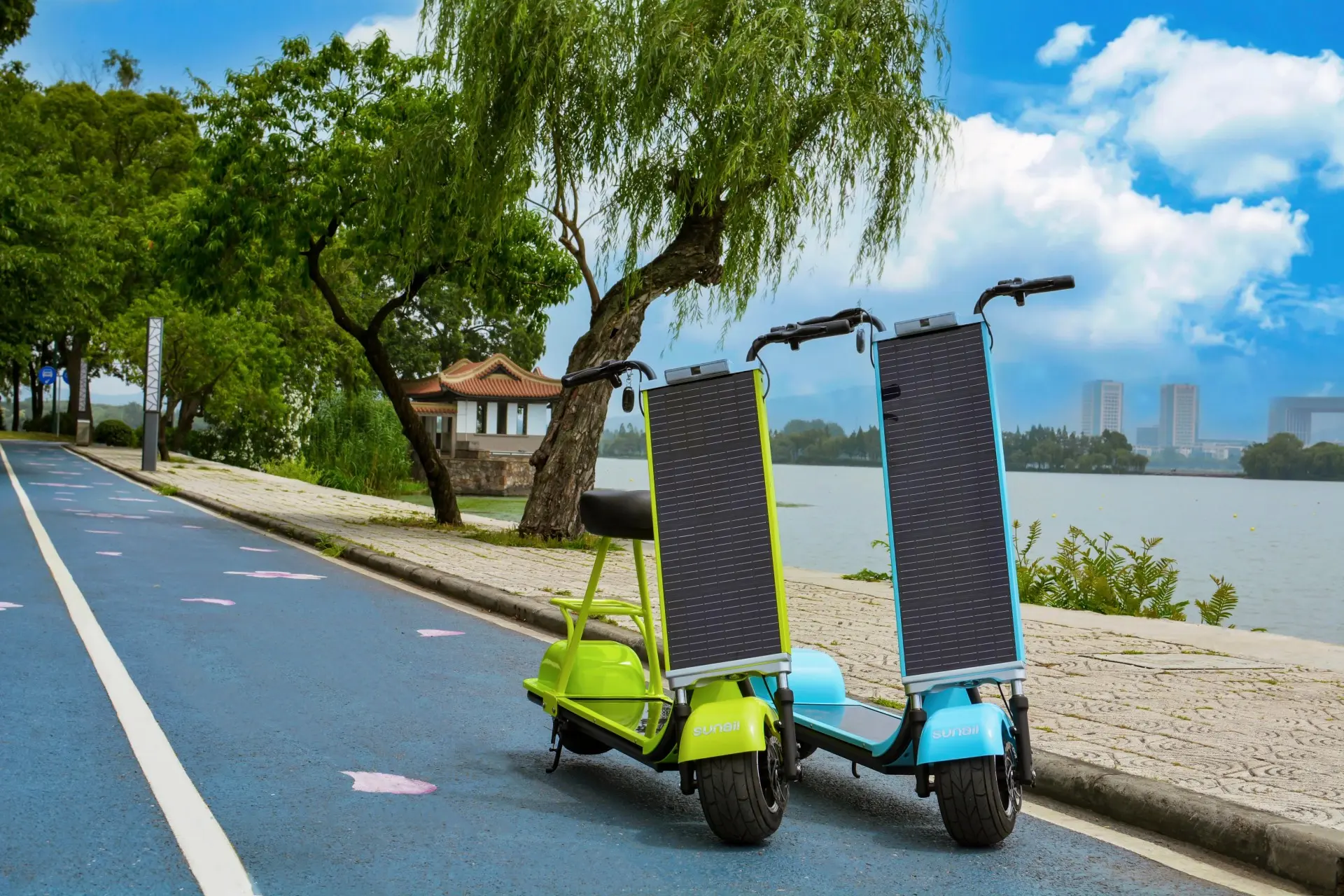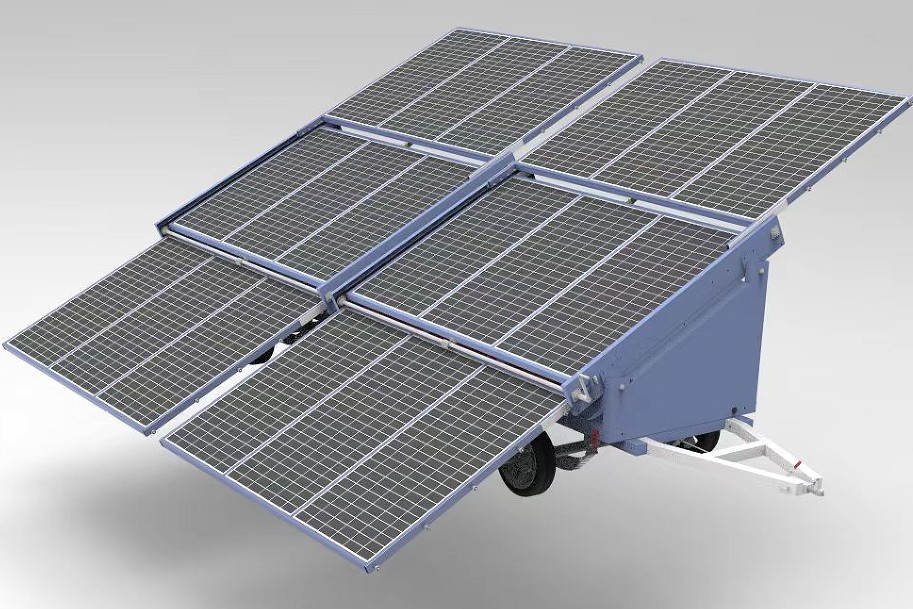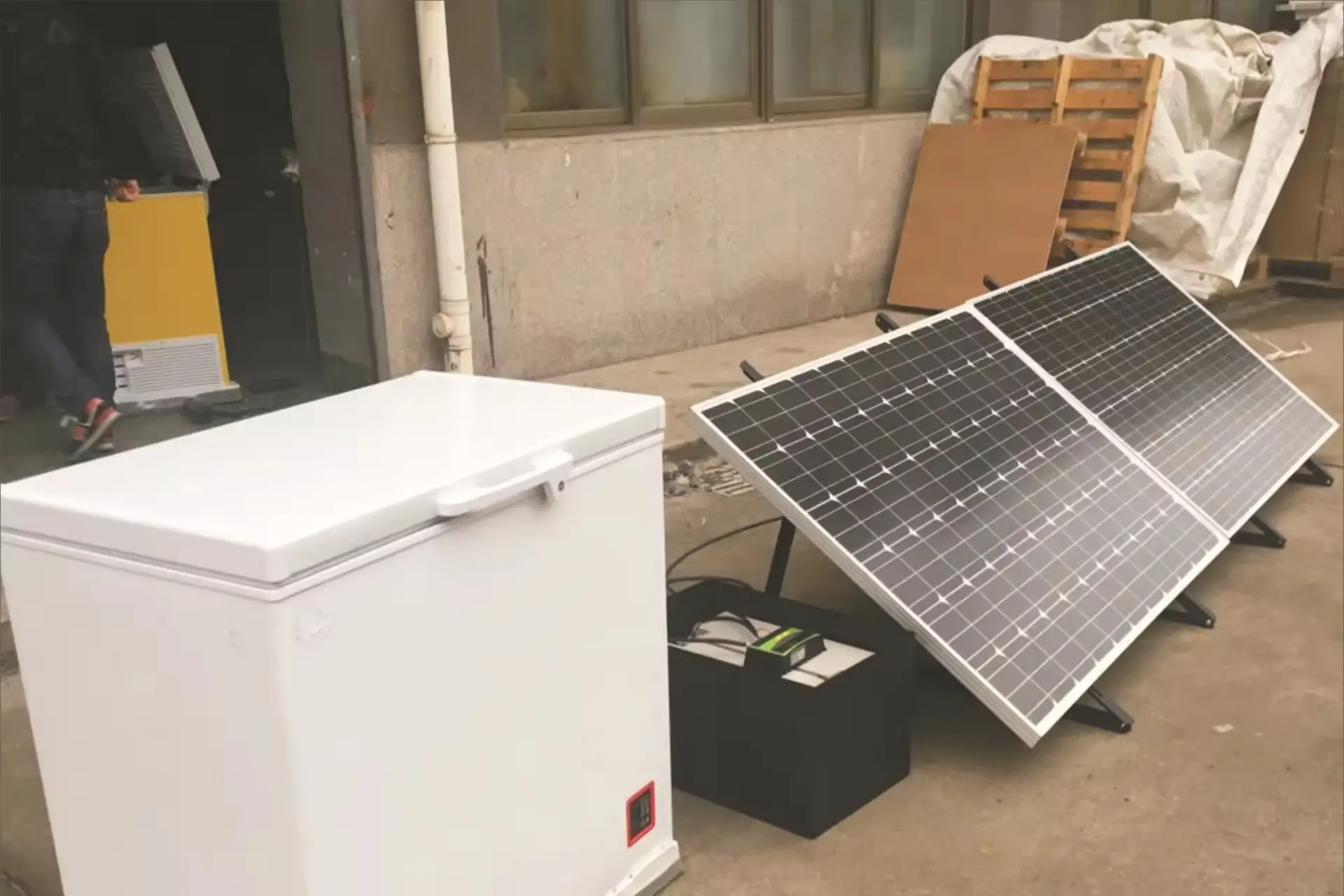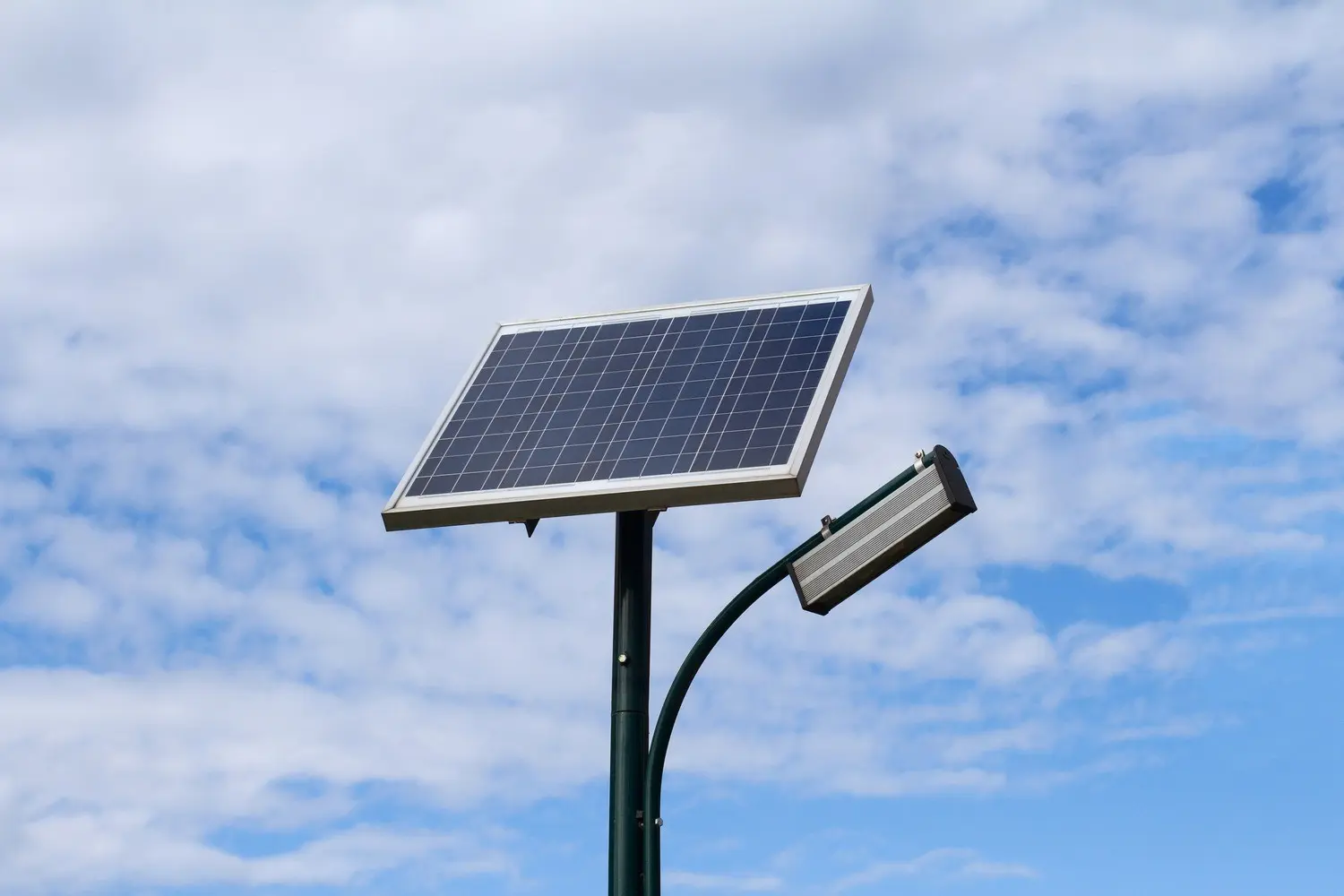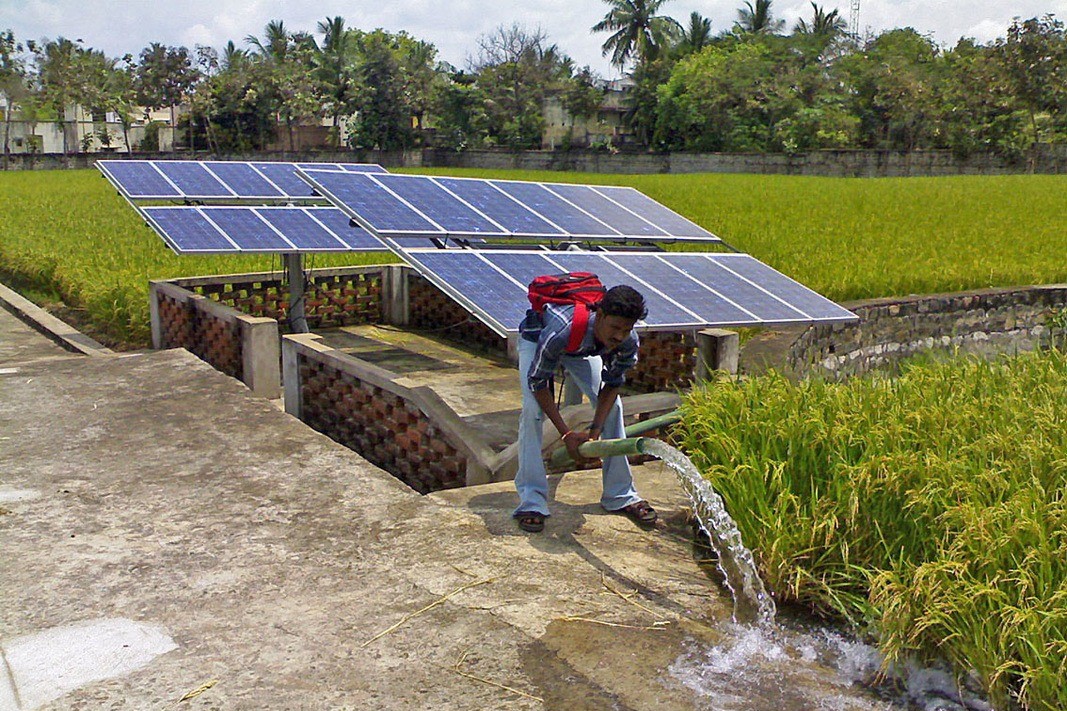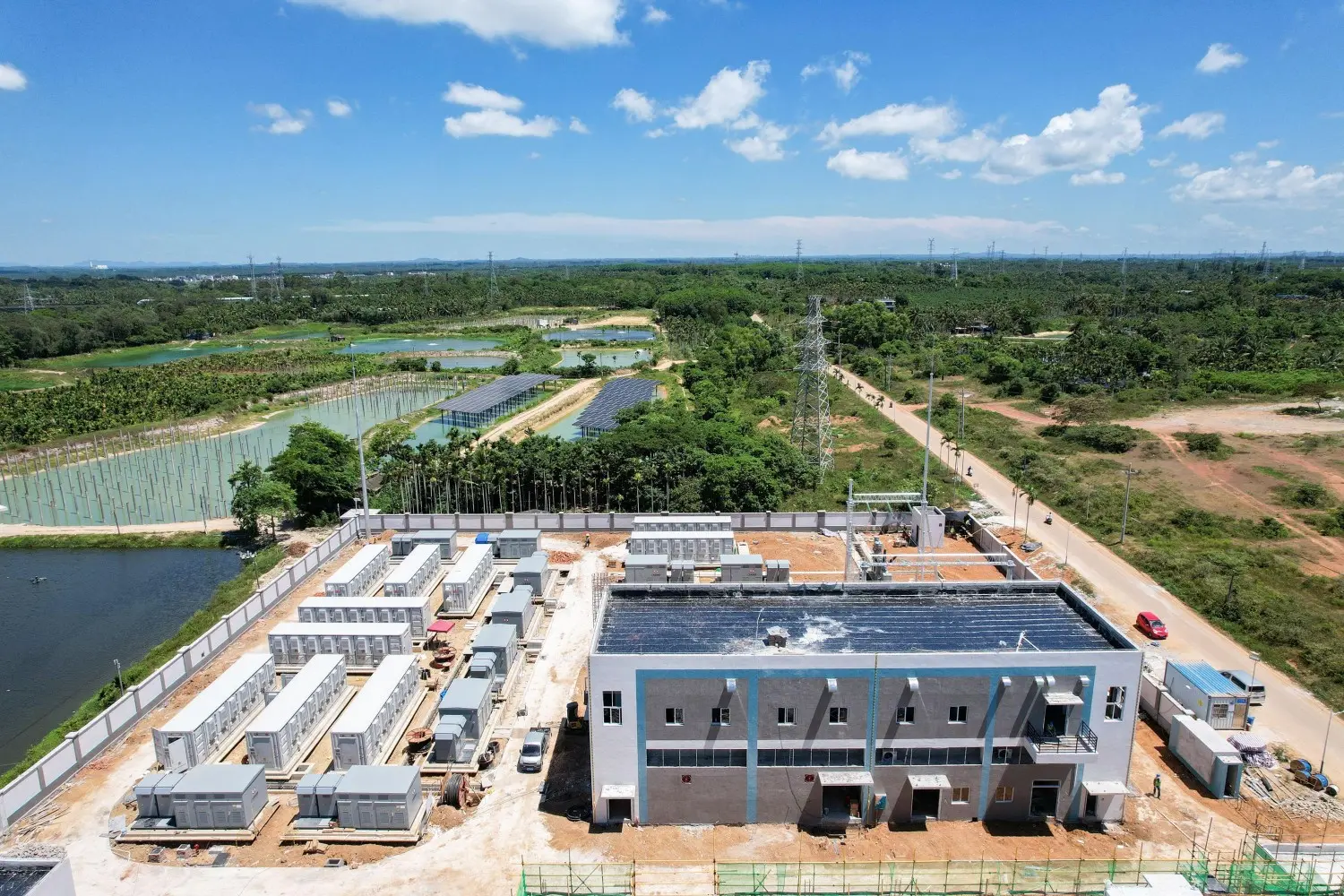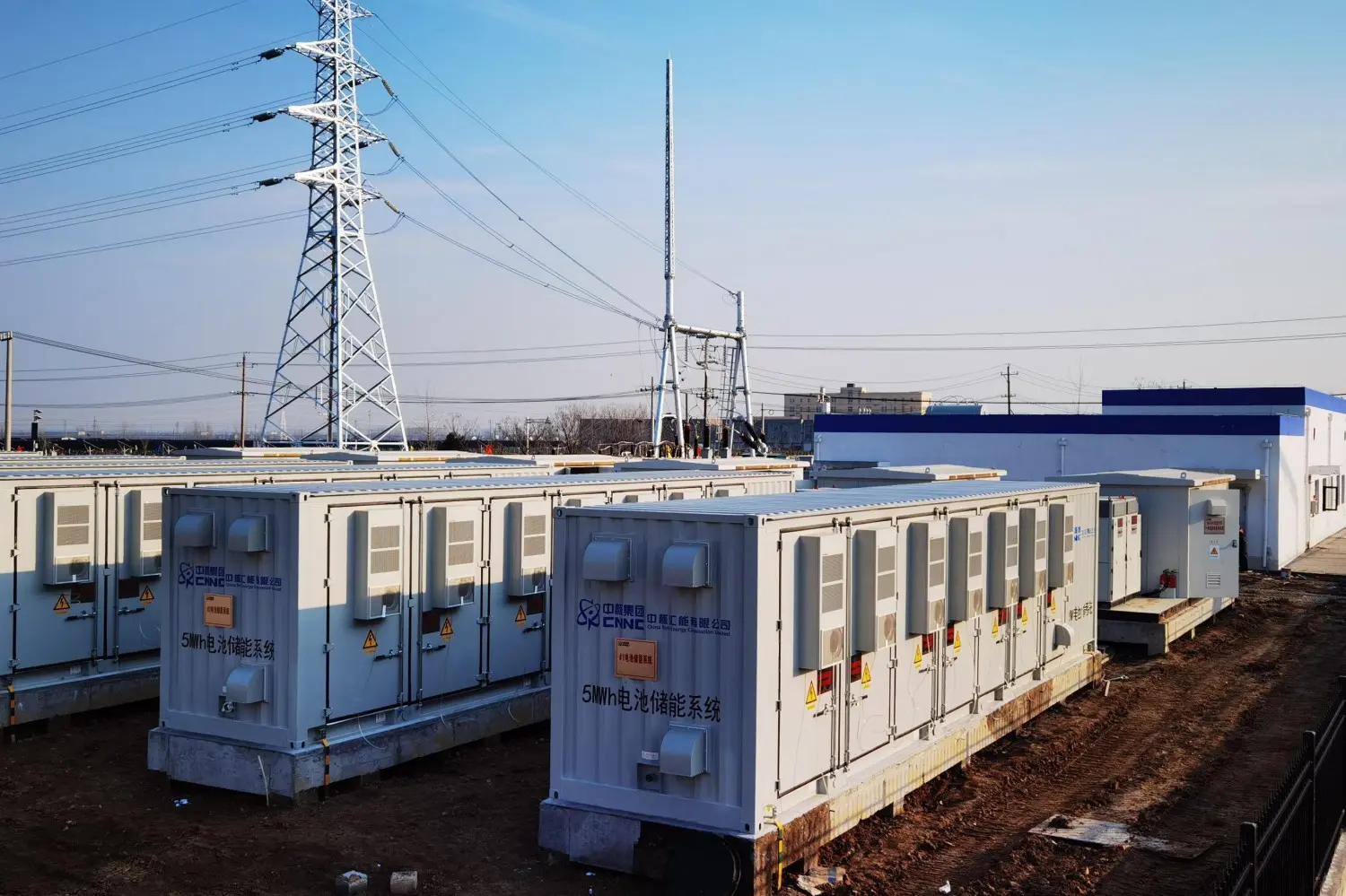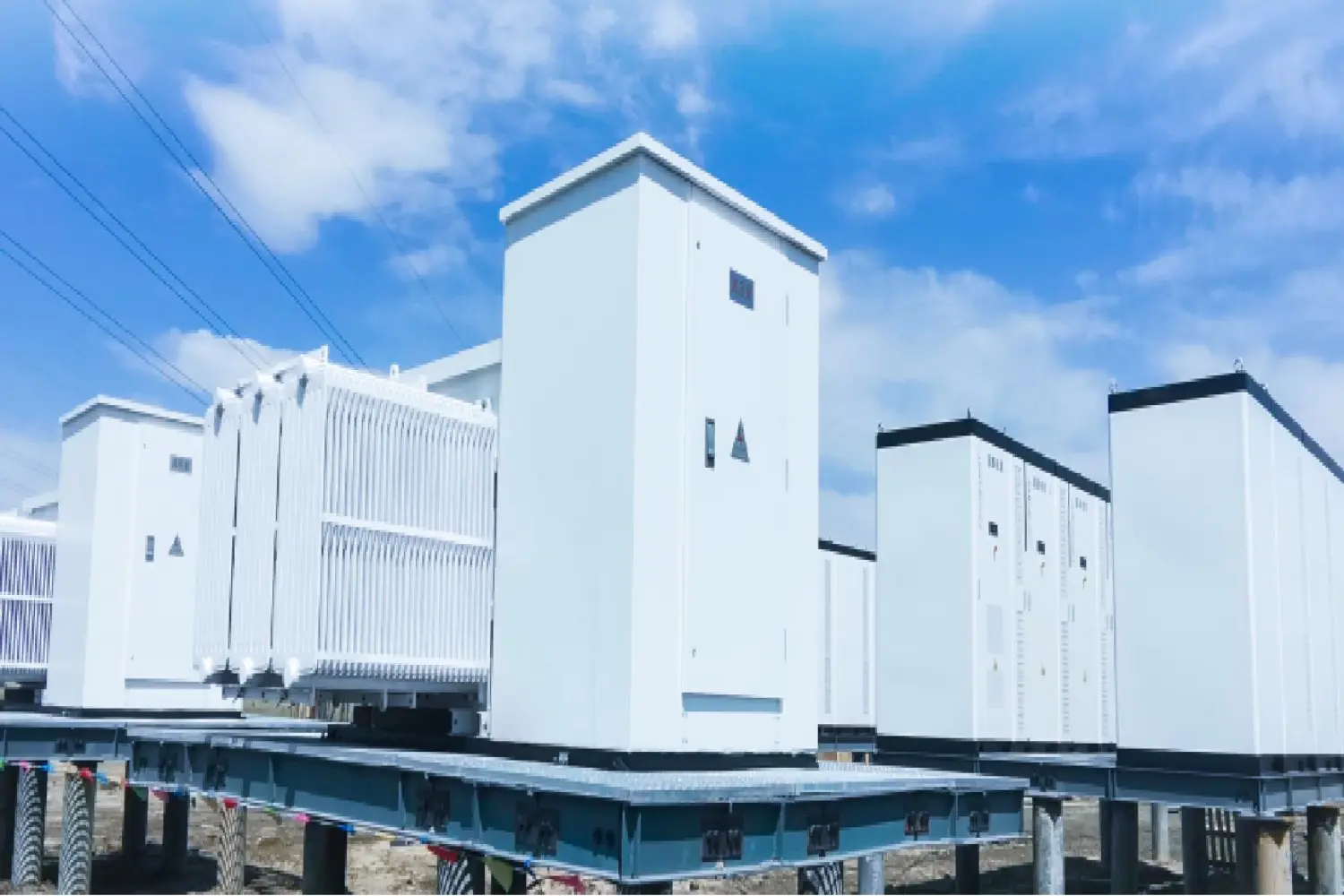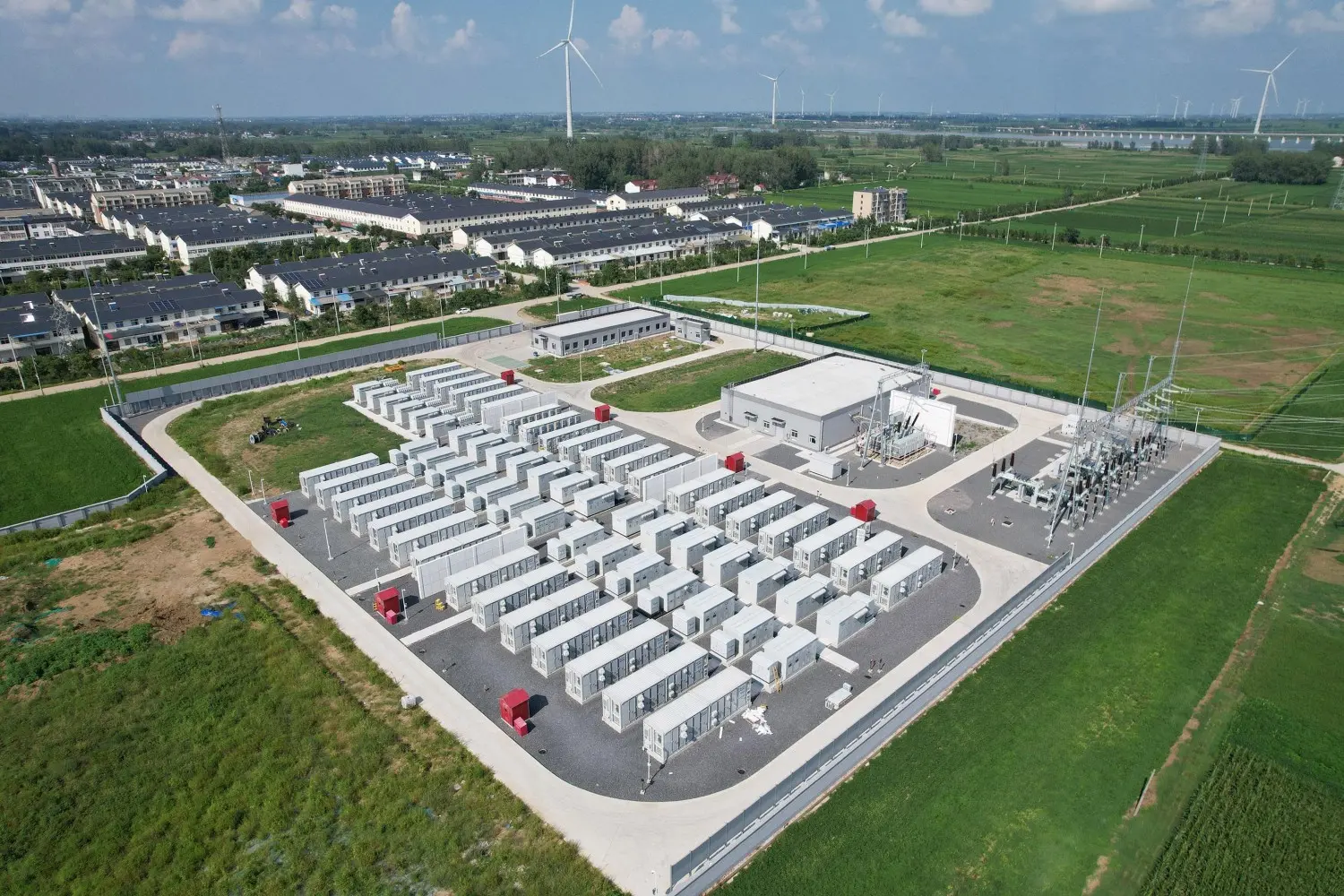Solar Energy System with ESS for City
Project Overview:
- System Size: 80MW/160MWh
- Objective: Provide consistent electricity for urban consumption and alleviate grid stress during peak periods.
- Functionality: The large-scale energy storage station ensures peak shaving and valley filling, enhancing the ability to absorb renewable energy. The system significantly reduces the grid’s peak regulation and scheduling pressures while improving overall energy efficiency.
Benefits:
- Stabilized city power supply.
- Enhanced renewable energy integration into the grid.
- Improved urban energy management, reducing dependency on traditional energy sources.
The city achieved a more reliable power supply while integrating renewable energy, contributing to sustainable urban development.
Transform your city’s energy landscape with cutting-edge ESS solutions. Contact us now to explore scalable options for urban power projects!
Differences Between an ESS Container Paired with PV/Wind Systems and One Just Connected to the Grid
Energy Storage Systems (ESS) containers are versatile solutions that can operate in conjunction with various energy sources. However, their configuration and functionality differ significantly when integrated with PV (solar) or wind systems versus being connected directly to the grid. Here's a breakdown of the key differences:
---
Energy Source and Functionality
- ESS with PV/Wind Systems:
- Stores renewable energy generated by solar panels or wind turbines.
- Balances the intermittency of renewable energy sources, ensuring consistent power supply.
- Functions as a hybrid system, managing the generation, storage, and consumption of energy locally.
- Often used in off-grid or microgrid setups to achieve energy independence or reduce reliance on the grid.
- ESS Connected to the Grid:
- Stores energy directly from the grid, typically during off-peak hours when electricity is cheaper.
- Provides backup power during grid outages or peak demand periods.
- Primarily used for peak shaving, load shifting, or grid stabilization without relying on renewable sources.
System Design
- ESS with PV/Wind Systems:
- Requires additional components like inverters, charge controllers, and monitoring systems to manage renewable energy inputs.
- Often includes Maximum Power Point Tracking (MPPT) technology to optimize the efficiency of solar or wind power generation.
- Energy management systems (EMS) are designed to prioritize renewable energy utilization.
| Feature | ESS with PV/Wind Systems | ESS Connected to the Grid |
| Energy Source | Renewable energy (solar, wind) | Grid electricity |
| Primary Purpose | Energy independence, renewable utilization | Backup power, cost optimization |
| System Design | Complex (includes renewable components) | Simple (focus on storage and discharge) |
| Environmental Benefits | Reduces carbon footprint | Dependent on grid energy source |
| Installation Complexity | High | Low |
| Maintenance Requirements | Moderate to high | Low |
- ESS Connected to the Grid:
- Simpler design focused on energy storage and distribution.
- Involves fewer components since it relies entirely on grid electricity as its energy source.
- EMS is geared toward scheduling and optimizing grid interactions.
Energy Usage and Benefits
- ESS with PV/Wind Systems:
- Supports energy self-consumption, allowing users to maximize the use of renewable energy and reduce electricity bills.
- Helps achieve carbon neutrality by utilizing clean energy.
- Provides energy autonomy, especially in areas with unreliable grid access.
- ESS Connected to the Grid:
- Offers economic benefits through time-of-use (TOU) optimization, buying cheap electricity and using it during peak rates.
- Supports grid services like frequency regulation, voltage support, and demand response.
- Serves as a reliable backup power source but is dependent on grid electricity.
Installation and Maintenance
- ESS with PV/Wind Systems:
- Installation involves integrating the ESS with renewable energy generators, which can increase complexity and cost.
- Requires periodic maintenance of the renewable energy components in addition to the ESS container.
- Weather and environmental conditions can affect system performance.
- ESS Connected to the Grid:
- Easier and faster to install since it only requires grid connectivity.
- Lower maintenance needs compared to systems with PV or wind components.
- System performance is not influenced by environmental factors.
Application Scenarios
- ESS with PV/Wind Systems:
- Ideal for remote or off-grid locations where grid access is limited or unavailable.
- Suitable for microgrids and energy independence projects in residential, commercial, or industrial setups.
- Often used in regions with high solar or wind potential.
- ESS Connected to the Grid:
- Best suited for urban areas or facilities with reliable grid access.
- Common in demand-side management applications for commercial and industrial users.
- Useful for grid operators to enhance grid resilience and stability.
Challenges
- ESS with PV/Wind Systems:
- Intermittent energy production requires precise energy management and system balancing.
- Higher initial investment due to the additional equipment needed for renewable energy integration.
- ESS Connected to the Grid:
- Dependence on the grid means limited benefits in areas with frequent outages or unstable electricity.
- Does not reduce carbon emissions unless paired with a green energy grid.
Choosing the right ESS container depends on your energy goals, location, and budget. If you’re aiming for sustainability and energy independence, pairing with PV or wind is ideal. For cost efficiency and grid-related services, a grid-connected ESS is the way to go.
Contact us now
To start your journey toward sustainable living!


